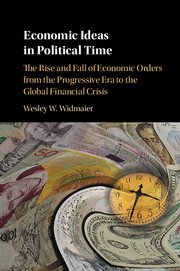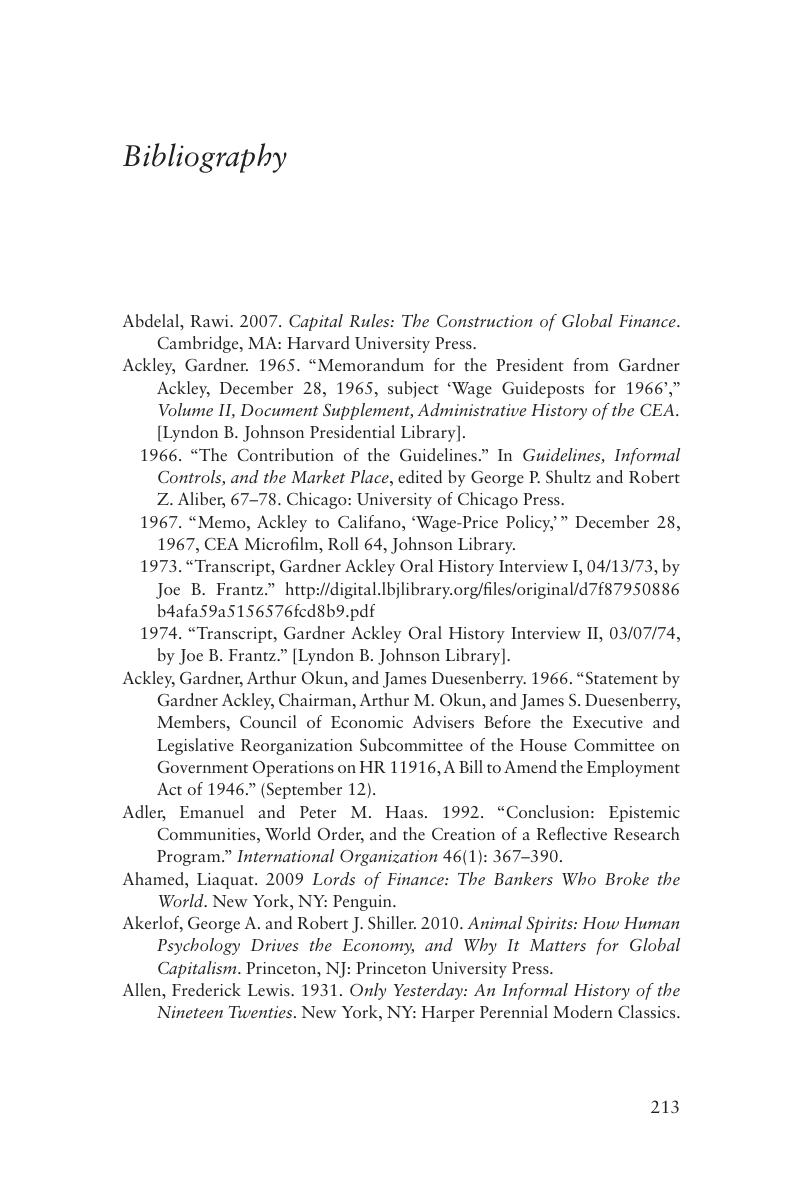 Economic Ideas in Political Time
Economic Ideas in Political Time Book contents
- Economic Ideas in Political Time
- Reviews
- Economic Ideas in Political Time
- Copyright page
- Contents
- Preface
- Book part
- Part I Theoretical and Historical Foundations
- Part II The Construction, Conversion, and Collapse of the Keynesian Order
- Part III The Construction, Conversion, and Crisis of the Neoliberal Order
- Part IV Conclusions
- Bibliography
- Index
- References
Bibliography
Published online by Cambridge University Press: 05 July 2016
- Economic Ideas in Political Time
- Reviews
- Economic Ideas in Political Time
- Copyright page
- Contents
- Preface
- Book part
- Part I Theoretical and Historical Foundations
- Part II The Construction, Conversion, and Collapse of the Keynesian Order
- Part III The Construction, Conversion, and Crisis of the Neoliberal Order
- Part IV Conclusions
- Bibliography
- Index
- References
Summary

- Type
- Chapter
- Information
- Economic Ideas in Political TimeThe Rise and Fall of Economic Orders from the Progressive Era to the Global Financial Crisis, pp. 213 - 240Publisher: Cambridge University PressPrint publication year: 2016


